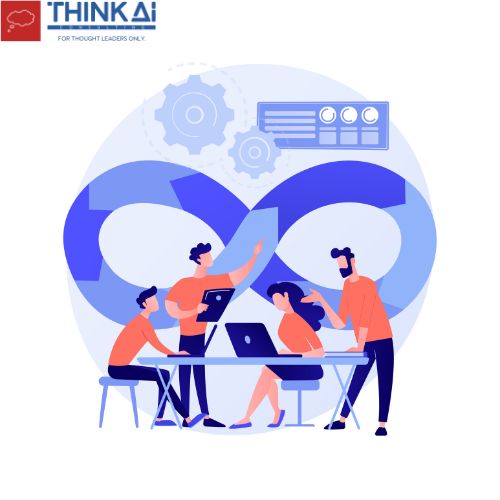Revolutionizing Business Operations: The Power of Enterprise Integration

In today’s fast-paced business landscape, enterprise integration stands as the cornerstone of developing a successful business strategy. It is not just a tool; it’s a philosophy that fosters agility and efficiency within an organization. To be truly effective, your integration methodology must embrace automation while employing a variety of integration styles, each designed to be reusable and practical.
What is Enterprise Integration?
Enterprise integration encompasses a variety of approaches, including API management, application integration, and messaging. These techniques leverage enterprise services and assets, exposing them as APIs or connecting them as services. This seamless integration facilitates the unification and standardization of core business capabilities across diverse IT environments. It allows businesses to:
- Discover Valuable Assets: Easily identify services, applications, and data crucial to your operations.
- Access and Expose Functions: Seamlessly connect applications via APIs, enabling smooth data exchange.
- Connect Multiple Services: Integrate disparate enterprise services for streamlined operations.
- Ensure Governance: Monitor application lifecycles and ensure adherence to governance policies.
Why is Enterprise Integration Vital?
Enterprise integration fundamentally enhances internal processes and catalyzes business activities. By simplifying data exchange, streamlining IT processes, and maximizing opportunities, companies can achieve operational scalability and expand their revenue streams significantly.
Sharing Critical Information: Enterprise integration acts as a middleware layer, simplifying data exchange between applications and users. It fosters effortless communication without the need for intricate understanding of underlying systems, promoting efficient collaboration.
Simplifying IT Processes: By enabling seamless collaboration and information exchange, integration simplifies IT processes. Users can access data swiftly, and IT organizations can streamline integration patterns like message queues and enterprise service bus through agile and automated processes.
Maximizing Opportunities: Integration empowers teams to proactively respond to changing business needs. By centralizing data access points, organizations can adapt swiftly to evolving market demands without disrupting existing applications. This adaptability fosters innovation and quick decision-making.
Key Elements of Enterprise Integration
Application Programming Interfaces (APIs): APIs facilitate data transfers between different systems, enabling seamless sharing of data and functionalities. They serve as bridges between applications, enabling real-time data access and exposure.
Application Integration: This approach allows individual applications to collaborate, facilitating data sharing and streamlined workflows. It modernizes infrastructures without requiring extensive rework, fostering synergy between on-premises and cloud-based systems.
Messaging: Messaging systems ensure reliable delivery of information across diverse IT environments. They preserve data integrity and regulatory compliance while providing the resilience needed for modern businesses.
Events: Events record actions or changes in applications. By detecting and responding to these events, businesses can enhance automation and efficiency, ensuring rapid responses to critical developments.
Data: Real-world operational data is invaluable for continuous improvement. Analyzing data helps businesses understand integration patterns, enabling them to make informed decisions and optimize their integration strategies.
What Does It Take to Implement Enterprise Integration in Your Company?
Embracing enterprise integration services can revolutionize your organization’s growth trajectory. By establishing API-based ecosystems and automating processes, you can enhance team productivity and scale your revenue. Here are two inspiring examples of successful integration projects:
Automated Customer Engagement: Implement API integration to unify customer data from various touchpoints. By automating responses and personalizing interactions, businesses can enhance customer satisfaction, driving loyalty and revenue growth.
Supply Chain Optimization: Integrate supply chain management systems with inventory and sales platforms using messaging techniques. Real-time data exchange ensures accurate demand forecasting, reduces excess inventory, and enhances overall supply chain efficiency.
Conclusion
In conclusion, enterprise integration isn’t just a technical solution; it’s a strategic imperative for businesses aiming to thrive in the digital age. By leveraging diverse integration approaches, organizations can foster collaboration, streamline processes, and maximize opportunities, positioning themselves at the forefront of innovation and efficiency.
https://thinkaicorp.com/revolutionizing-business-operations-the-power-of-enterprise-integration/

Comments
Post a Comment